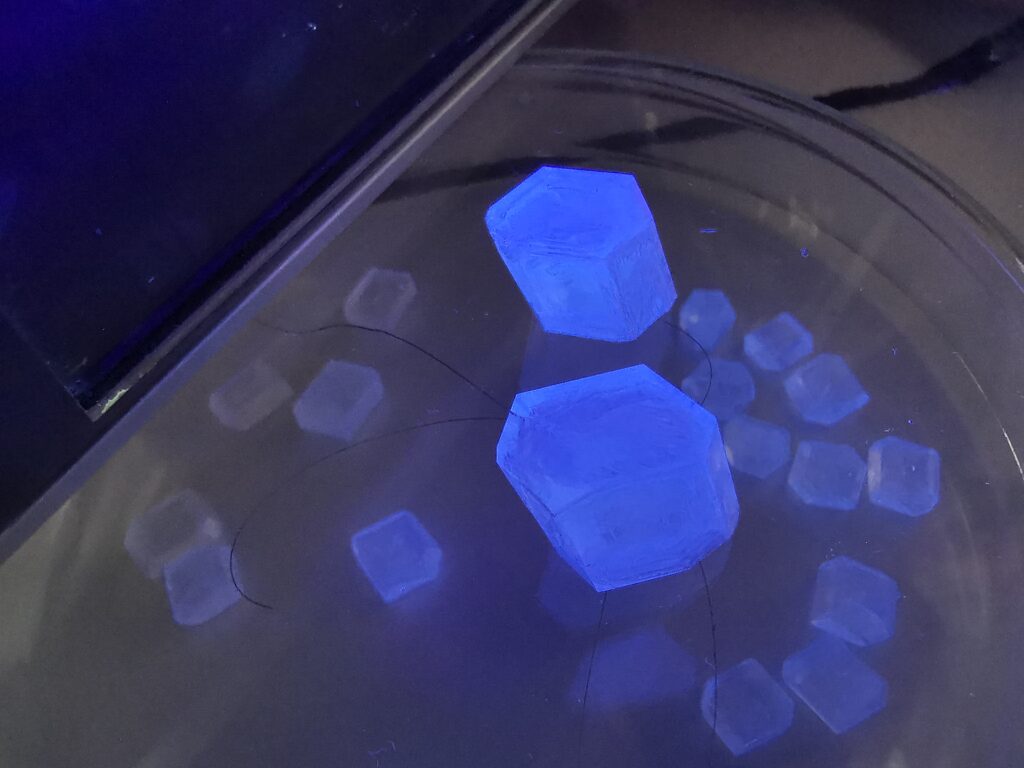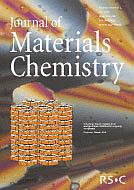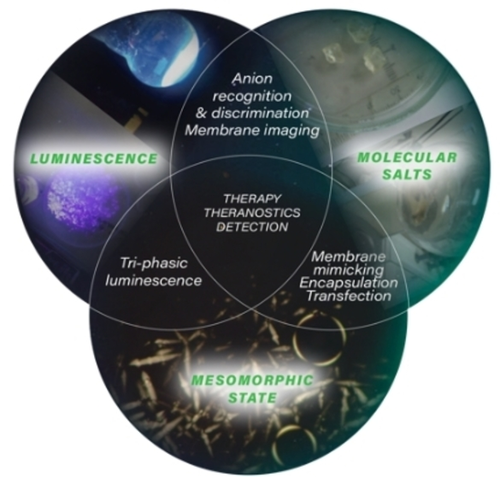

Academic and Research background
Laurent Douce began his university studies in Avignon, then did his postgraduate studies at the University Louis Pasteur in Strasbourg. After obtaining a D.E.A. in Transition Metals Chemistry, he prepared a PhD thesis in the field of catalysis and synthesis of phosphorus ligands under the supervision of P. Braunstein and D. Matt.
After a postdoctoral internship at the University of Neuchâtel in the laboratory of Prof. R. Deschenaux, he obtained a position as Maître de Conférences at the Faculty of Chemistry in Strasbourg.
He joined Dr. Ziessel’s team (E.C.P.M.) in 1992 where he initiated a topic concerning the selective coordination synthesis of metallo-mesogens and their characterization.
It was here that he synthesised the first helix-shaped mesogens self-organised around copper(I) atoms.

Angew. Chem. Int. Engl. Ed., 1998, 37, 16, 2205
Liquid-crystalline metallo-helicates: New pathways for cooperative properties
Since January 2003, he is qualified to direct research. He then joined the Organic Materials Group of the I.P.C.M.S. Since 2009, Laurent is a university professor and his main interests are the synthesis of liquid crystals based on transition metals and the development of new nano-materials as well as the synthesis of mesomorphic and multifunctional ionic materials.
Electrodeposition of silver particles and gold nanoparticles from ionic liquid-crystal precursors.
Mesomorphic Imidazolium Salts: New Vectors for Efficient siRNA Transfection
Current researches
Our research work consists of multi-step synthesis in organic and coordination chemistry (transition metals) to prepare multifunctional ionic materials (luminescence, chirality, ferroelectric, piezoelectric…) that can have applications ranging from biology to the detection of ionising radiation (Neutron, Gamma…).
We are also working with industrialists to bring these multifunctional ionic materials to the market. In this context, we have developed scintillating molecular structures capable of detecting neutrons, regardless of their energy, by discriminating them from Gamma rays. A first application was tested in January 2021 at the Fessenheim nuclear power plant in partnership with P2R, Carmelec and EDF (letter 208 IN2P3 02/2021).

In the framework of the Noctiferium pre-maturation-CNRS, we will develop skills in the crystallogenesis of organic materials to obtain centimetric photonic single crystals.








